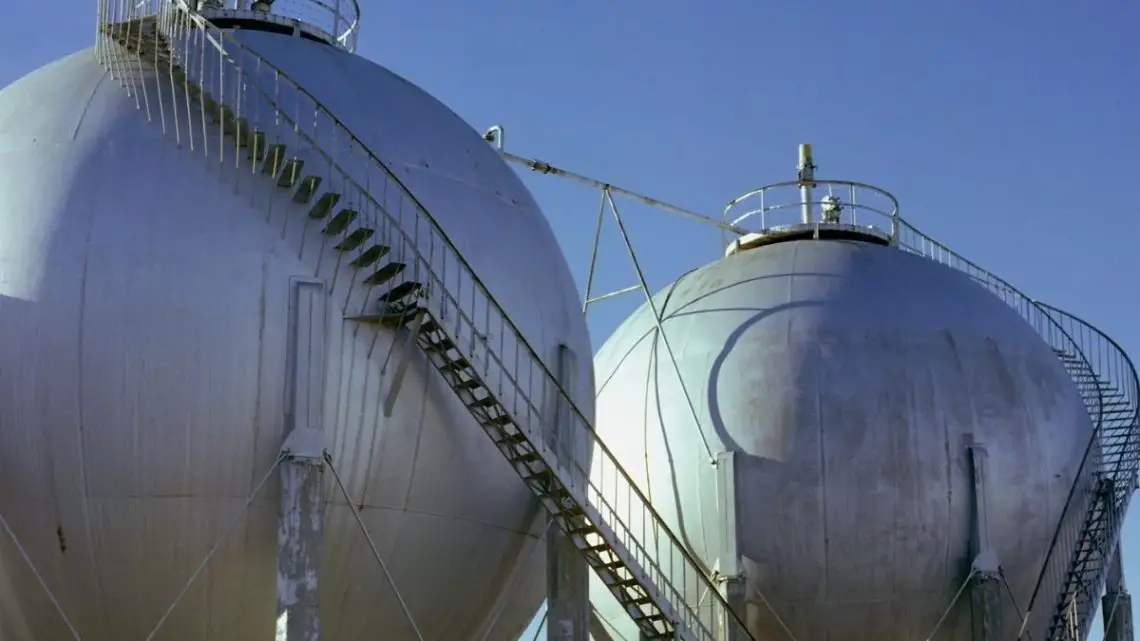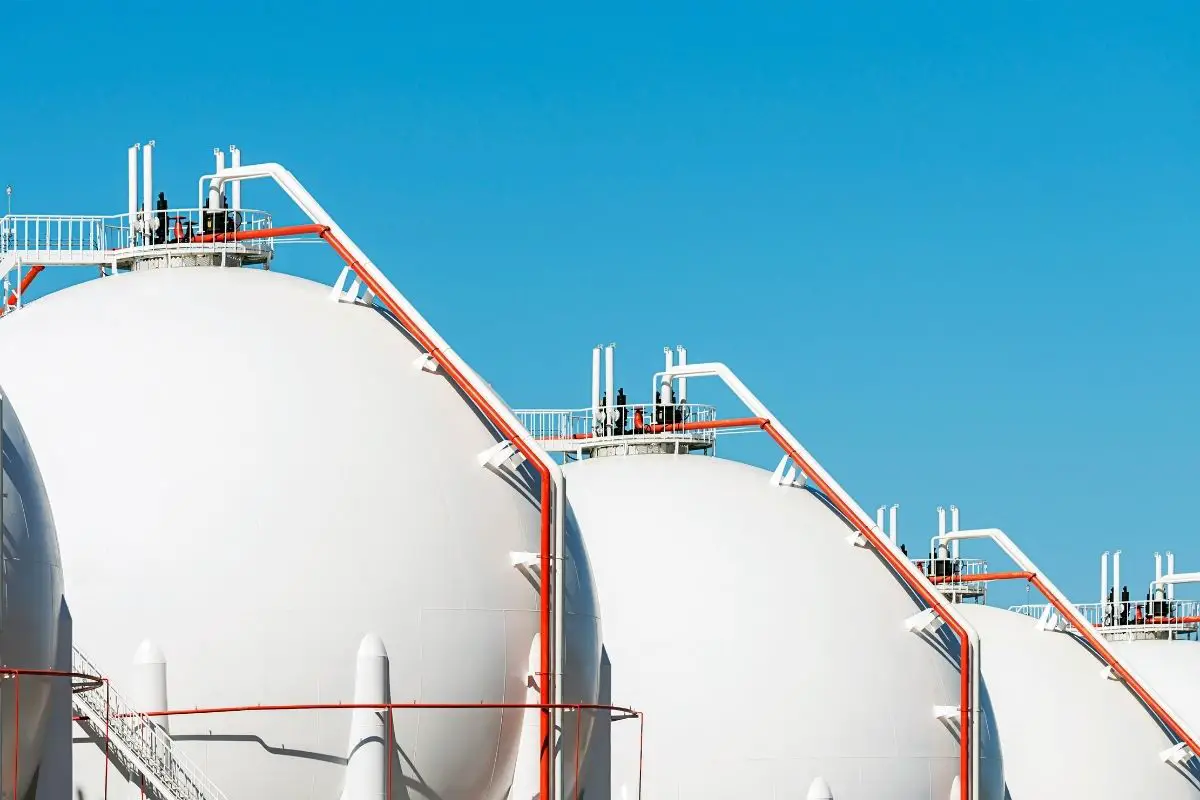
McDermott’s to build green hydrogen production plant spheres for Plug Power
April 5, 2022CB&I will be constructing two 500,000-gallon double-wall liquid H2 spheres in New York state.
CB&I, McDermott’s storage business, will be both designing and building two 500,000-gallon double-wall liquid H2 spheres for the Plug Power Inc green hydrogen production plant in Genesee County, New York.
The facility is using proton exchange membrane (PEM) electrolyzer technology from Plug Power.
The new green hydrogen production plant is expected to produce 45 tons per day of renewable H2, making it the biggest facility of its nature in North America.
The storage spheres involve a turnkey engineering, procurement and construction contract. Beyond the spheres, the agreement also includes their insulation, as well as their testing and painting. The spheres will be erected at the location of Plug Power’s 30-acre Western New York Science, Technology, and Advanced Manufacturing Park site, which is better known as WNY STAMP.

The spheres will provide the green hydrogen production plant with additional on-site storage.
The structures will consist of an inner sphere made out of stainless steel, which will hold the liquid hydrogen. They will each measure about 52 feet in diameter. The internal design pressure for those internal spheres will be 30 pounds per square inch. They will be built with a design temperature of 423ºF.
The structures will also have an outer sphere, which will provide these massive containers with insulation. They will be built using carbon steel and will have a diameter of about 60 feet.
This new storage facility project for the green hydrogen production plant has already passed its final investment decision. The design has been created and CB&I is now actively building the spheres. Storage is a critical component to the adoption of H2 as an energy source, particularly as the transportation infrastructure remains quite limited.
Both facilities and pipelines are expected to play a growing role in ensuring that H2 will be efficiently distributed to end consumers using it to power everything from vehicles to home heating. This zero-emission fuel is widely viewed as one of the keys to decarbonization of the energy industry, replacing many applications currently dependent on various forms of fossil fuels.



 With over 15 years of reporting hydrogen news, we are your premier source for the latest updates and insights in hydrogen and renewable energy.
With over 15 years of reporting hydrogen news, we are your premier source for the latest updates and insights in hydrogen and renewable energy.
This article mentions the storage temperature of the liquid hydrogen 423ºF I suggest this must be -423ºF as the boiling point of hydrogen is -256ºC at 1 atmosphere. 500,000 US gallons capacity of each sphere is around 1.89 million litres which is pretty big and is about 1,339 tons of hydrogen. What is the grade of the stainless steel, as there may be a penetration of the hydrogen molecule into the steel structure which will make it brittle? Perhaps this why the liquid hydrogen will only be at 2 bar pressure?
Yes, the design temperature should be minus as I have commented before.
Thank you for the good data. I would like to know how much it cost and how long does it take to build.
I may be interested to build that also for California market.